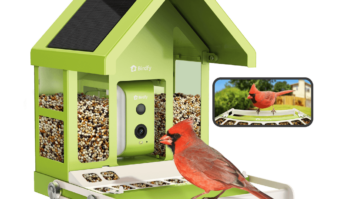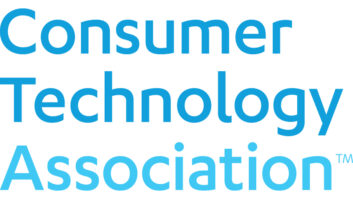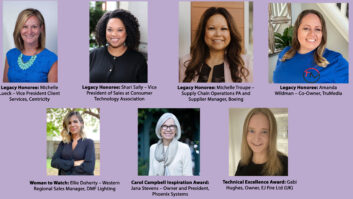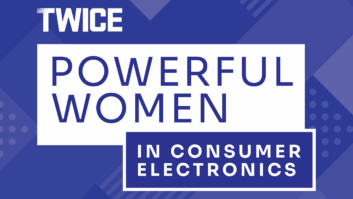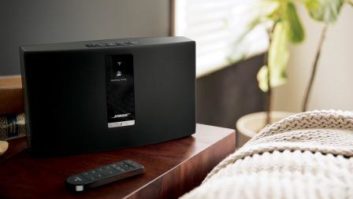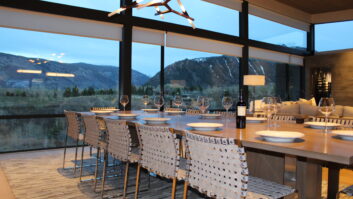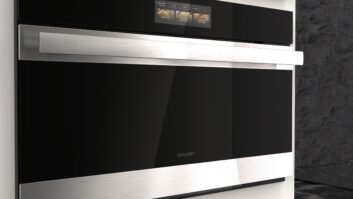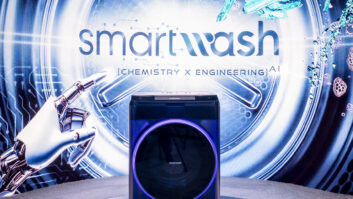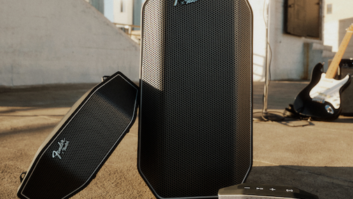I had a hard time sleeping during CES this year, and if announcements from our industry were any indication, I was far from alone.
While a lack of sleep often invokes a picture of misery, my situation was hardly dire. CES is TWICE’s “Super Bowl” and so it’s a busy week for us, to put it mildly. Mind buzzing with to-do lists and brimming with all the things I’d seen or heard about, I had trouble settling down at night and dozing off. Then I’d wake too early, fresh lists immediately popping into mind, like being wrenched out of a dream. Throw in a three-hour time difference and too much coffee, and staying well rested is tricky.
But, of course, CES is less than a week — an exciting and pretty fun one at that — so all of this is just part of the game.
This year, however, the number of manufacturers tapping into the theme of fatigue combat seemed meaningfully higher than last. Among the pitches I received: a smart bed that adjusts based on brain-wave activity; a mattress cover that tracks sleep habits and regulates the bed temperature; a baby monitor employing AI to analyze infants’ sleep patterns; headphones meant to be worn while snoozing; and wearables using haptic feedback to reduce stress and induce sleep.
See also: NFL In Bed With Sleep Number
There was even a Wi-Fi-connected pillow with “anti-snoring technology” that not only tracks sleep habits, but is designed to interact with other Amazon Alexa and IFTTT smart-home devices. So, for example, it will sense when you’re awake and automatically start your smart coffee maker, according to the company.
Weston Henderek, director of The NPD Group’s Connected Intelligence arm, confirmed my hunch about the surge in sleep tech, noting in a post-show call that 2017 was the year sleep-tracking technology really expanded beyond a wrist-worn wearable.
While NPD doesn’t (yet) break out sleep tech, the research firm does track features on smart watches and fitness bands. According to Henderek, sleep tracking was the third most-used feature on these devices in 2017, up from fifth place in 2016. (It lags behind walking/running and calorie tracking.)
Related: Snore No More With Braci Wearables App
And while wearables continue to advance, Henderek doesn’t believe it’s the hardware that’s driving the bulk of the growth, but rather the smartphone apps surrounding them. As apps have improved the way data can be consumed and shared, consumers have expressed a greater interest in learning about their slumber habits, he said.
Improved battery life is also helping — you can’t track your sleep if you have to charge your device at night — as has a rise in fitness bands that are both more attractive and more comfortable to wear for extended periods of time.
Going forward, Henderek believes we’ll see an increase in the ability to add context to this data. So not only will you be able to track how long you spent in REM sleep, but you’ll be able to match your heart rate along with it, creating an overall metric that more accurately demonstrates the quality of sleep.
We spent a few years strapping pedometers to TWICE editors to track how many miles they trekked over the span of CES. While I doubt our sleep metrics will be of interest to an audience larger than one, it won’t surprise me a bit to find the Sleep Marketplace has doubled in size at next year’s show.
Given that many CE retailers have already turned to mattresses in order to increase their bottom lines, endcaps with mattress sensors and smart pillows will be a natural fit.




